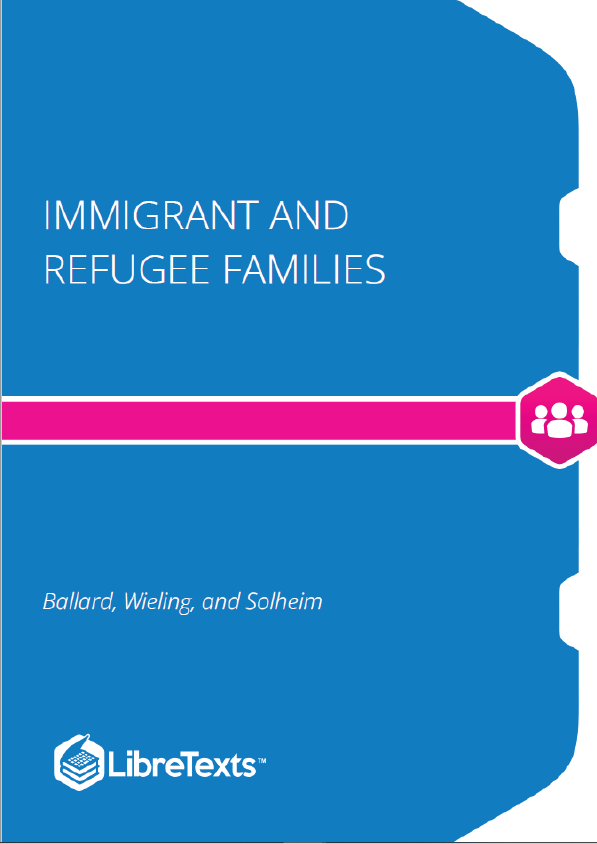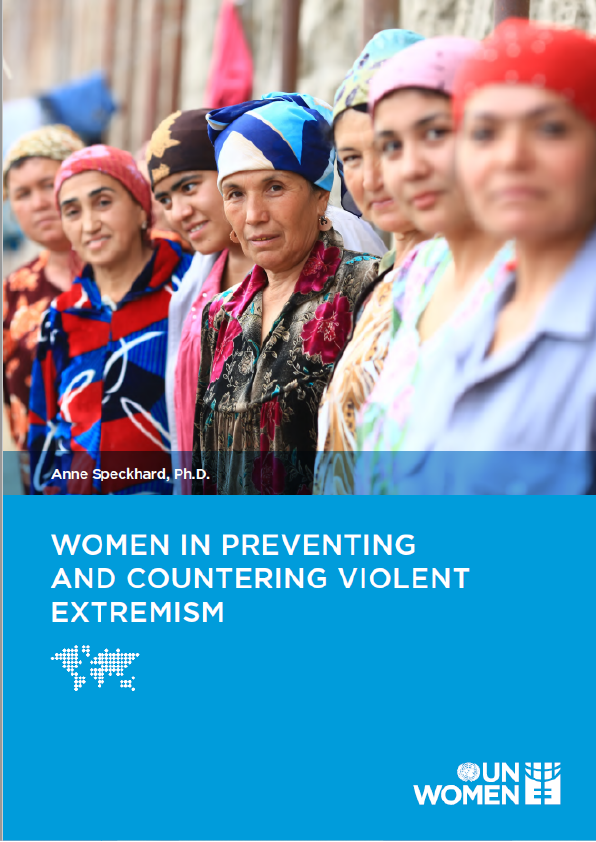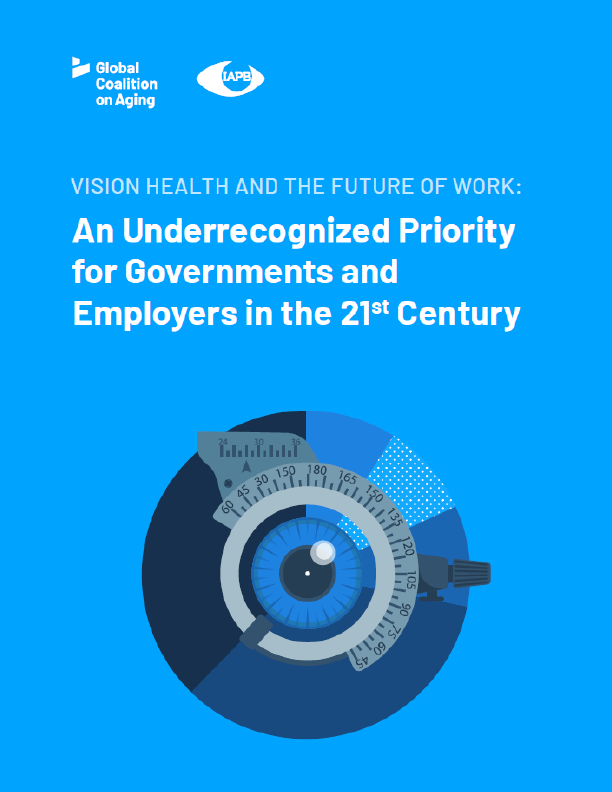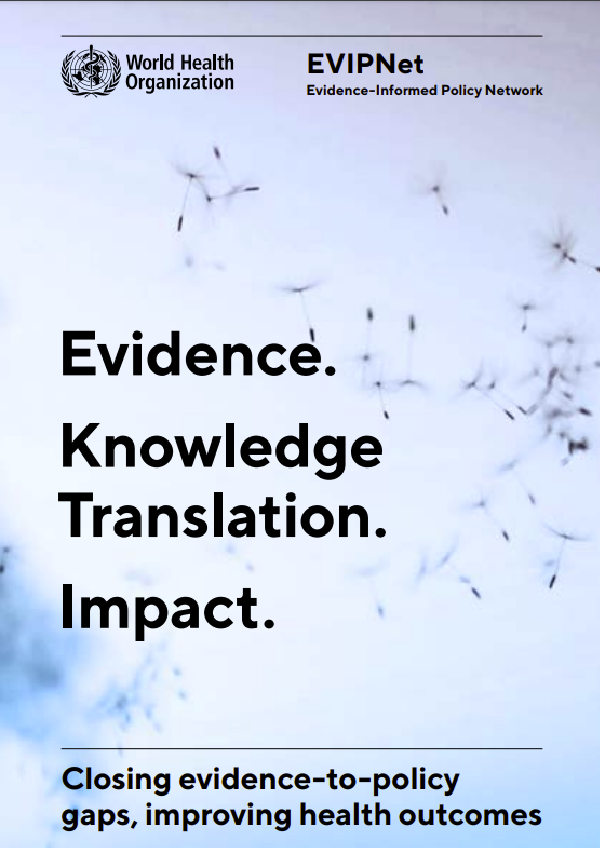Immigrant and Refugee Families: Global Perspectives on Displacement and Resettlement Experiences offers an interdisciplinary perspective on immigrant and refugee families’ challenges and resilience across multiple domains, including economic, political, health, and human rights. This text uses a family systems lens to discuss challenges and strengths of immigrant and refugee families in the United States. Chapters address immigration policy, human rights issues, economic stress, mental health and traumatic stress, domestic violence, substance abuse, family resilience, and methods of integration.
Immigration Policy
Purposes of Immigration Policy
There are five primary purposes of immigration policy (US English Foundation, 2014; Fix & Passel, 1994).
- Social: Unify citizens and legal residents with their families.
- Economic: Increase productivity and standard of living.
- Cultural: Encourage diversity, increasing pluralism and a variety of skills.
- Moral: Promote and protect human rights, largely through protecting those feeling persecution.
- Security: Control undocumented immigration and protect national security.
Tug-of-War in Immigration Policy
There are many ideological differences among the stakeholders in immigration policy, and many different priorities. In order to meet the purposes listed above, policy-makers must balance the following goals against one another.
Provide refuge to all versus recruit the best. Some stakeholders desire to provide refuge for the displaced (Permanently stamped on the Statue of Liberty are the words, “Give me your tired, your poor, your huddled masses yearning to breathe free”). These stakeholders seek to welcome all who are separated from their families or face economic, political, or safety concerns in their current locations. Others aim to recruit those best qualified to add to the economy.
Meet labor force needs versus protect current citizen employment. Immigrant workers are expected to make up 30-50% of the growth in the United States labor force in the coming decades (Lowell, Gelatt, & Batalova, 2006). In general, immigrants provide needed employment and do not impact the wages of the current workforce. However, there are situations (i.e., during economic downturns) where immigration can threaten the current work force’s conditions or wages.
Enforce policy versus minimize regulatory burden and intrusion on privacy. In order to enforce immigration policy away from the border, the government must access residents’ documents. However, this threatens citizens’ privacy. When employers are required to access these documents, it also increases regulatory burden for the employers.
Key Stakeholders
in Policy There are many groups who are deeply invested in immigration and immigrant policy; their fortunes rise or fall with the policies set. These groups are called “stakeholders.” Key stakeholders in immigration and immigrant policy in the United States include the federal government, state governments, voluntary agencies, employers, families, current workers, local communities, states, and the nation as a whole.











